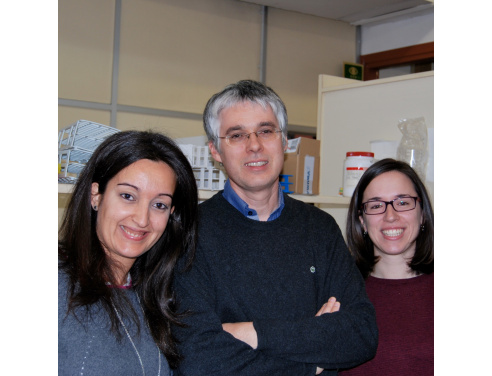Nanomedicines to treat autoimmune diseases
Type 1 diabetes is an autoimmune disease that currently does not have a cure, forcing patients to life-long insulin replacement therapy. A study published in Nature, carried out by the group of Dr. Pere Santamaria (University of Calgary and DIBAPS) in collaboration with the Type 1 Diabetes group headed by Dr. Thomas Stratmann (University of Barcelona) and others, now shows a novel approach based on nanoparticles to treat the disease. This therapeutic approach has worked in several different animal models of autoimmune disease.
Type 1 diabetes is caused by certain cells from the immune system, the so‐called autoreactive T cells. Some of these T cells mistakenly recognize the insulin-producing beta cells of the pancreas as if they were a foreign invader, such as a bacteria or a virus. This attack results in insulin-deficiency and dysregulated blood glucose levels. Since the immune cells that trigger type 1 diabetes and other autoimmune diseases are just an extremely small component of the entire immune system, it has been difficult to devise therapeutic strategies capable of stopping these diseases without impairing the entire immune system.
For T cells to become activated and to destroy beta cells, they need to find their target antigen (one of the many protein fragments expressed by the target cell) with the help of other cells, called antigen presenting cells whose job is to “present” this target to T cells via specialized proteins called MHC molecules. In type 1 diabetes patients, this activation process leads to the programing of T cells to become destructive.
In the Nature publication, the investigators generated artificial MHC molecules as “baits” coated on nanoparticles, to trick them into becoming disease-suppressing immune cells, also known as regulatory T cells. In the study, this approach restored normal blood glucose levels in diabetic mice.
This nanomedicine approach was successfully applied to additional animal models of autoimmune disease, including rheumatoid arthritis and multiple sclerosis. An important next step will be to test this approach in clinical trials. The fact that this therapeutic approach has worked in several different animal models of autoimmune disease, including mice transplanted with human immune cells, raises hopes that this approach will be successful in the clinical trial phase.
http://www.ub.edu/web/ub/en/menu_eines/noticies/2016/02/020.html

